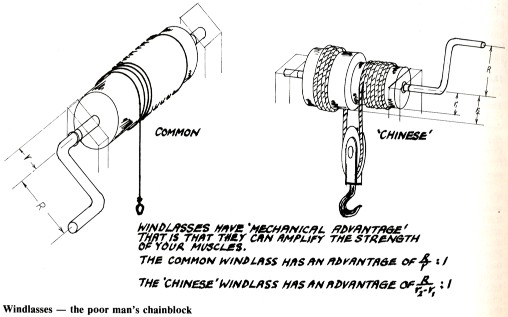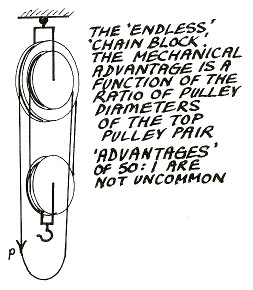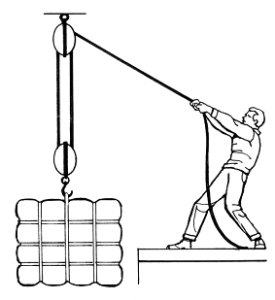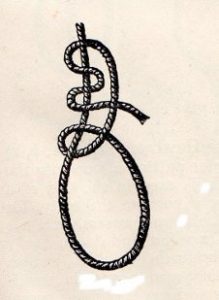HEAVY LIFTING
When we turned Lyle’s NIS 18, he had a chain block connected to a temporary pivot point at each end of the boat. The attached diagram of a Chinese windless is a do-it-yourself alternative to the chain block for heavy lifting. Also, there is a diagram of how a chain block works, in case that has been a mystery for you. Both diagrams come from the book Self Sufficiency in the Eighties by Mario & Lesley Zolin published by Allen & Unwin in 1983.




Editor’s Notes.
Don’t forget to check if your carport/garage roof truss is strong enough. You are generally OK with wooden trusses but some modern structures use thin steel channels which do hold the roof up but are prone to buckling when loaded in a way not considered by the designer. (Like a rope chucked over a beam). Over the years I have collected several mainsheet systems which consist of 3 or 4 purchases… some with cam cleats, some without. I attach one to the stem of the boat and one each to the transom corners. That way I can pitch and roll the hull every which way to work on inaccessible places details and even roll it right over. I find this type of system works even if you don’t have enough pulleys and rely on purchases running through a big shackle. Some skill in knot tying is required when you don’t have a cleat. Just use the Midshipmans Hitch Or Tautline Hitch to tie the tail back on one of the purchases.
This is a remarkably useful knot. It is adjustable AND trustworthy. Each sailor should know how to tie this knot in any circumstance. Especially to tie himself to a rescue rope thrown to him in the water. Anyone who uses a tent should know this knot. It is the best way to adjust your lines to the tent-poles. It is the most simple of the adjustable knot family.



